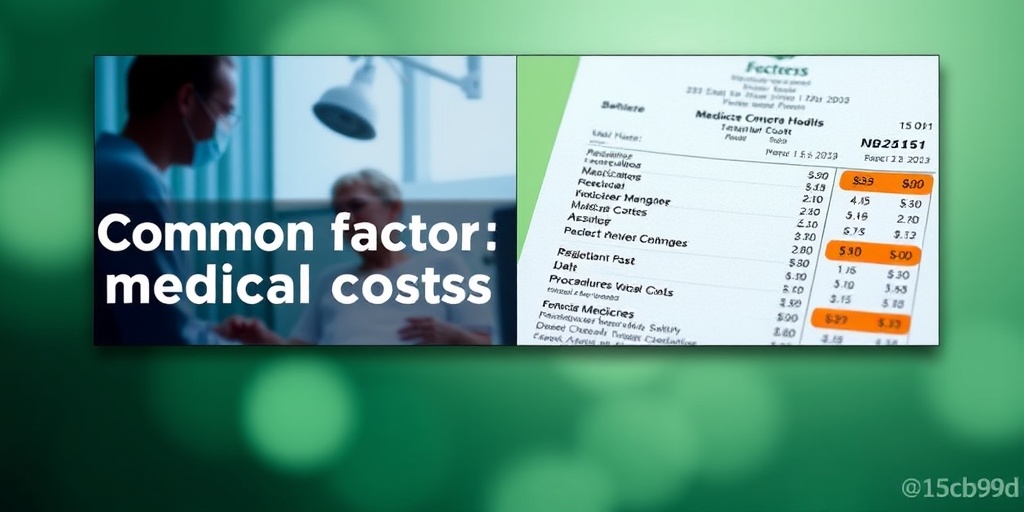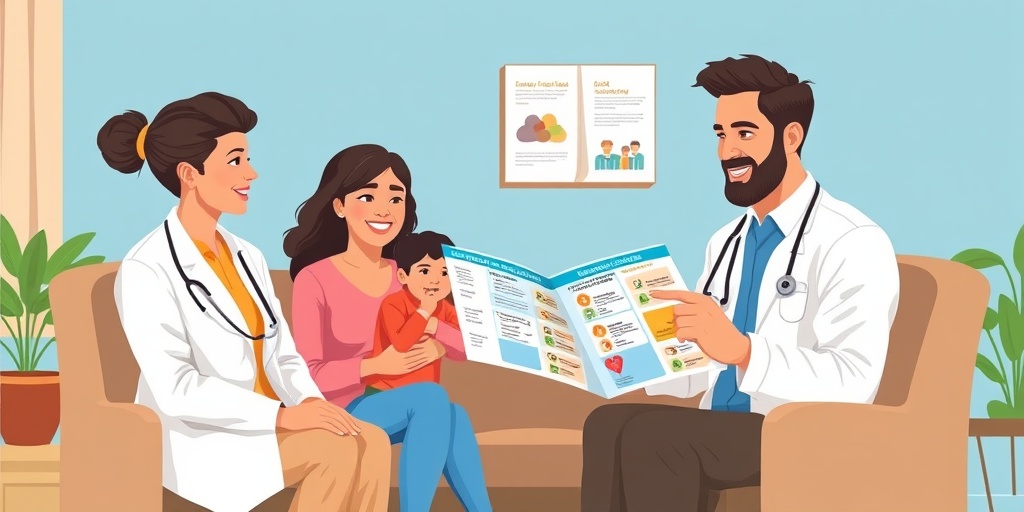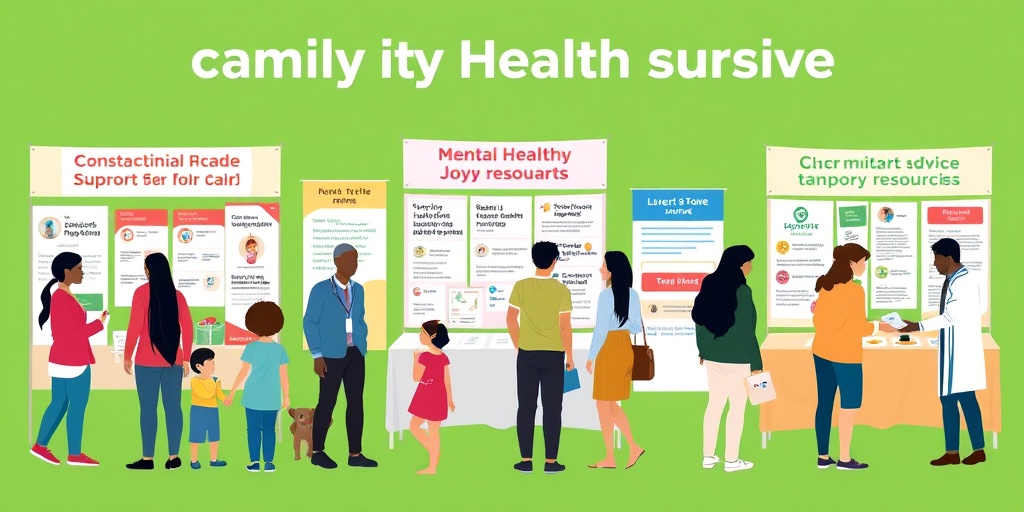Understanding Medical Costs
In today’s healthcare landscape, understanding medical costs is crucial for both individuals and families. With rising expenses, many are seeking ways to manage and reduce these costs effectively. Reducing medical costs is not just a personal concern; it’s a national issue that affects millions. But what exactly contributes to these costs, and how can we navigate this complex system?
The Basics of Medical Costs
Medical costs encompass a wide range of expenses, including hospital stays, outpatient services, medications, and preventive care. These costs can vary significantly based on factors such as location, type of insurance, and the specific healthcare provider. Understanding these elements is the first step in managing your healthcare expenses.
Insurance and Out-of-Pocket Expenses
Health insurance plays a pivotal role in determining your medical costs. While insurance can help cover a significant portion of expenses, it often comes with deductibles, copayments, and coinsurance that can add up quickly. It’s essential to read your policy carefully and understand what is covered and what isn’t. This knowledge can empower you to make informed decisions about your healthcare.
The Role of Preventive Care
Investing in preventive care can significantly reduce long-term medical costs. Regular check-ups, vaccinations, and screenings can catch potential health issues early, often leading to less expensive treatments. Many insurance plans cover preventive services at no cost to the patient, making it a smart choice for maintaining health and reducing future expenses.
Common Factors Driving Up Costs
Several factors contribute to the rising costs of healthcare, making it essential to understand these elements to effectively manage and reduce your medical bills.
1. Administrative Costs
One of the most significant contributors to high medical costs is the administrative burden associated with healthcare. The complexity of billing, insurance claims, and regulatory compliance leads to increased overhead for healthcare providers, which is often passed on to patients. Streamlining administrative processes could be a key strategy in reducing medical costs.
2. Prescription Drug Prices
Prescription medications can be a substantial part of healthcare expenses. The prices of drugs have skyrocketed in recent years, driven by factors such as research and development costs, marketing expenses, and lack of competition in certain markets. Patients can explore options like generic medications or discount programs to help mitigate these costs.
3. Advanced Medical Technology
While advancements in medical technology have improved patient outcomes, they often come with a hefty price tag. New treatments and diagnostic tools can be expensive, and their costs are frequently reflected in patient bills. Understanding the necessity of certain technologies and discussing alternatives with your healthcare provider can help in managing these expenses.
4. Provider Consolidation
As healthcare providers merge and consolidate, competition decreases, which can lead to higher prices. When fewer providers are available, patients may have limited options, resulting in increased costs. Advocating for transparency in pricing and seeking out competitive options can be beneficial in this scenario.
5. Lifestyle Factors
Lastly, lifestyle choices play a significant role in healthcare costs. Conditions related to obesity, smoking, and lack of exercise can lead to chronic diseases that require ongoing treatment. By adopting healthier habits, individuals can not only improve their quality of life but also reduce their long-term medical expenses.
In conclusion, understanding the intricacies of medical costs and the factors driving them is essential for anyone looking to manage their healthcare expenses effectively. By being proactive and informed, you can take steps toward reducing medical costs and improving your overall health. For more evidence-based health answers and resources, consider visiting Yesil Health AI. Together, we can navigate the complexities of healthcare and work towards a healthier future! 🌟

Preventive Care and Its Benefits
When it comes to reducing medical costs, one of the most effective strategies is investing in preventive care. Preventive care refers to the measures taken to prevent diseases rather than treating them after they occur. This proactive approach not only enhances your overall health but also significantly lowers healthcare expenses in the long run.
What is Preventive Care?
Preventive care includes a variety of services aimed at early detection and prevention of health issues. These services can range from routine check-ups and screenings to vaccinations and counseling. By addressing potential health problems before they escalate, you can avoid costly treatments and hospitalizations.
Key Benefits of Preventive Care
- Early Detection: Regular screenings can catch diseases like cancer, diabetes, and heart disease in their early stages, when they are often more treatable and less expensive to manage.
- Cost Savings: By preventing serious health issues, you can save on medical bills associated with emergency care and long-term treatments.
- Improved Quality of Life: Staying healthy means you can enjoy life more fully, with fewer interruptions due to illness.
- Health Education: Preventive care often includes counseling on lifestyle changes, such as diet and exercise, which can lead to better health outcomes.
Examples of Preventive Care Services
Here are some common preventive care services that can help you stay healthy and reduce medical costs:
- Annual Physical Exams: Regular check-ups allow your healthcare provider to monitor your health and catch any potential issues early.
- Vaccinations: Immunizations protect against various diseases and can prevent costly treatments later on.
- Screenings: Tests for cholesterol, blood pressure, and certain cancers can identify risks before they become serious.
- Health Counseling: Guidance on nutrition, exercise, and mental health can empower you to make healthier choices.
By prioritizing preventive care, you not only enhance your health but also contribute to reducing medical bills over time. It’s a win-win situation! 🌟
Insurance Options Explained
Navigating the world of health insurance can be daunting, especially when your goal is reducing medical costs. Understanding your insurance options is crucial for making informed decisions that can save you money and ensure you receive the care you need.
Types of Health Insurance Plans
There are several types of health insurance plans available, each with its own benefits and drawbacks. Here’s a breakdown of the most common types:
- Health Maintenance Organization (HMO): HMO plans require members to choose a primary care physician (PCP) and get referrals to see specialists. They often have lower premiums but less flexibility in choosing providers.
- Preferred Provider Organization (PPO): PPO plans offer more flexibility in choosing healthcare providers and do not require referrals. However, they typically come with higher premiums and out-of-pocket costs.
- Exclusive Provider Organization (EPO): EPO plans combine features of HMO and PPO plans. They offer a network of providers but do not cover any out-of-network care except in emergencies.
- High Deductible Health Plan (HDHP): These plans have lower premiums but higher deductibles. They are often paired with Health Savings Accounts (HSAs) that allow you to save money tax-free for medical expenses.
Choosing the Right Plan
When selecting a health insurance plan, consider the following factors:
- Premiums: Assess how much you can afford to pay monthly.
- Deductibles: Understand how much you’ll need to pay out-of-pocket before your insurance kicks in.
- Network: Check if your preferred doctors and hospitals are in-network to avoid higher costs.
- Coverage: Review what services are covered, including preventive care, specialist visits, and prescription drugs.
By carefully evaluating your insurance options, you can make choices that align with your health needs and financial situation, ultimately contributing to reducing medical costs over time. 🏥💰

Negotiating Medical Bills
When it comes to reducing medical costs, one of the most effective strategies is negotiating your medical bills. Many patients are unaware that they can negotiate the costs of their healthcare services, which can lead to significant savings. Here’s how you can approach this process.
Understand Your Bills
The first step in negotiating your medical bills is to thoroughly understand them. Medical bills can be complex and often contain charges that may not be justified. Here are some tips to help you decipher your bills:
- Request an itemized bill: Always ask for an itemized statement that breaks down each charge. This will help you identify any discrepancies.
- Check for errors: Look for duplicate charges or services that you did not receive. Mistakes happen, and you have the right to challenge them.
- Research costs: Use online resources to find out the average costs for the services you received. Websites like Healthcare Bluebook can provide valuable insights.
Prepare for Negotiation
Once you have a clear understanding of your medical bills, it’s time to prepare for negotiation. Here are some strategies to consider:
- Know your insurance coverage: Familiarize yourself with what your insurance covers and what your out-of-pocket expenses will be. This knowledge can strengthen your negotiating position.
- Be polite but firm: Approach the billing department with a positive attitude. A respectful demeanor can go a long way in negotiations.
- Offer to pay in cash: If possible, offer to pay your bill in full upfront. Many providers are willing to offer discounts for cash payments.
Utilize Third-Party Resources
If negotiating directly with your healthcare provider feels daunting, consider using third-party resources. There are companies and organizations that specialize in negotiating medical bills on behalf of patients. They often charge a percentage of the savings they achieve, making it a low-risk option for those looking to reduce medical costs.
Utilizing Health Savings Accounts
Another effective way to manage and reduce medical costs is by utilizing Health Savings Accounts (HSAs). HSAs are tax-advantaged accounts that allow you to save money specifically for medical expenses. Here’s how you can make the most of your HSA.
Understanding Health Savings Accounts
Health Savings Accounts are designed for individuals with high-deductible health plans (HDHPs). Contributions to HSAs are tax-deductible, and the funds can be used tax-free for qualified medical expenses. Here are some key benefits:
- Tax advantages: Contributions reduce your taxable income, and withdrawals for medical expenses are tax-free.
- Rollover funds: Unlike Flexible Spending Accounts (FSAs), unused funds in an HSA roll over year after year, allowing you to build savings over time.
- Investment opportunities: Many HSAs offer investment options, allowing your savings to grow even further.
Maximizing Your HSA Contributions
To truly benefit from an HSA, it’s essential to maximize your contributions. Here are some tips:
- Contribute regularly: Set up automatic contributions to ensure you’re consistently funding your HSA.
- Take advantage of employer contributions: If your employer offers contributions to your HSA, make sure to take full advantage of this benefit.
- Use funds wisely: Save your HSA funds for larger medical expenses rather than using them for minor costs. This allows your savings to grow over time.
Planning for Future Medical Expenses
Using an HSA is not just about immediate savings; it’s also a long-term strategy for managing healthcare costs. By planning for future medical expenses, you can ensure that you’re prepared for any unexpected health issues that may arise. Consider the following:
- Estimate future healthcare needs: Think about potential medical expenses you may incur as you age or if you have chronic conditions.
- Keep track of your expenses: Regularly review your medical expenses to adjust your HSA contributions accordingly.
By effectively negotiating medical bills and utilizing Health Savings Accounts, you can take significant steps toward reducing medical costs and ensuring that your healthcare remains affordable. 💰✨

Telehealth: A Cost-Effective Solution
In recent years, telehealth has emerged as a revolutionary approach to healthcare, offering a cost-effective solution for patients and providers alike. With the rise of technology, accessing medical care has never been easier or more affordable. Let’s explore how telehealth can help in reducing medical costs and improving healthcare accessibility.
What is Telehealth?
Telehealth refers to the use of digital communication tools to deliver healthcare services remotely. This can include video consultations, phone calls, and even messaging platforms. By eliminating the need for in-person visits, telehealth not only saves time but also significantly reduces costs associated with traditional healthcare.
Benefits of Telehealth in Reducing Medical Costs
- Lower Overhead Costs: Healthcare providers can save on operational costs, such as rent and utilities, by offering telehealth services. These savings can be passed on to patients.
- Reduced Travel Expenses: Patients no longer need to spend money on transportation to and from appointments, which can add up quickly, especially for those living in rural areas.
- Time Efficiency: Telehealth appointments are often shorter than traditional visits, allowing healthcare providers to see more patients in less time, ultimately lowering costs.
- Preventive Care: By making healthcare more accessible, telehealth encourages patients to seek preventive care, which can help avoid costly emergency room visits down the line.
How to Access Telehealth Services
Accessing telehealth services is straightforward. Most healthcare providers now offer telehealth options, and many insurance plans cover these services. Here’s how you can get started:
- Check with Your Provider: Inquire if your healthcare provider offers telehealth services and what platforms they use.
- Insurance Coverage: Verify with your insurance company to understand what telehealth services are covered under your plan.
- Download Necessary Apps: Many providers use specific apps for telehealth consultations. Make sure to download and familiarize yourself with these tools.
With the convenience and affordability of telehealth, it’s no wonder that more people are turning to this innovative solution for their healthcare needs. 🌐💻
Community Resources for Healthcare
In addition to telehealth, community resources play a vital role in reducing medical costs and improving access to healthcare. Many communities offer a variety of services designed to support residents in managing their health without breaking the bank.
Types of Community Resources Available
- Community Health Clinics: These clinics provide low-cost or sliding-scale services to individuals, regardless of their insurance status. They often offer primary care, dental services, and mental health support.
- Health Education Programs: Many communities host workshops and seminars focused on health education, nutrition, and disease prevention, helping residents make informed health choices.
- Support Groups: Local organizations often facilitate support groups for various health conditions, providing emotional support and shared resources among participants.
- Transportation Services: Some communities offer transportation services for individuals who need help getting to medical appointments, ensuring that lack of transportation doesn’t hinder access to care.
How to Find Community Resources
Finding community resources is easier than you might think. Here are some tips to help you locate the services you need:
- Online Searches: Use search engines to find local health clinics and community resources. Websites like 211.org can connect you with services in your area.
- Local Health Departments: Your local health department can provide information about available resources and programs in your community.
- Community Centers: Many community centers offer health-related programs and can direct you to additional resources.
By leveraging community resources, individuals can access essential healthcare services while significantly reducing medical bills. These resources not only promote health but also foster a sense of community and support. 🤝🏥

Frequently Asked Questions about Reducing Medical Costs
What are some effective strategies for reducing medical costs?
There are several strategies you can employ to reduce medical costs, including:
- Shopping around for the best prices on medical services.
- Utilizing preventive care to avoid more serious health issues.
- Negotiating bills with healthcare providers.
- Exploring generic medications instead of brand-name drugs.
- Taking advantage of health savings accounts (HSAs) or flexible spending accounts (FSAs).
How can I reduce my medical bills after receiving treatment?
To reduce medical bills after treatment, consider the following steps:
- Request an itemized bill to check for errors.
- Contact your provider to discuss payment plans or discounts.
- Look into financial assistance programs offered by hospitals.
- Consider appealing any denied insurance claims.
Are there any online resources to help with reducing medical costs?
Yes! There are various online platforms and forums where you can find tips and advice on reducing medical costs. Websites like Reddit often have discussions on reducing medical bills and personal experiences shared by users. Additionally, healthcare comparison websites can help you find the best prices for services.
What role does preventive care play in reducing healthcare costs?
Preventive care is crucial in reducing medical costs as it helps identify health issues early on, which can lead to less expensive treatments. Regular check-ups, vaccinations, and screenings can prevent serious conditions that require costly interventions later.
Can negotiating medical bills really make a difference?
Absolutely! Many people find success in reducing medical bills by negotiating directly with their healthcare providers. Providers may be willing to offer discounts or set up manageable payment plans, especially if you explain your financial situation.
What are some common misconceptions about reducing medical costs?
Some common misconceptions include:
- Believing that all medical services are non-negotiable.
- Assuming that insurance will cover all costs without question.
- Thinking that preventive care is not worth the investment.
Understanding these misconceptions can help you take better control of your healthcare expenses.
How can I stay informed about changes in healthcare costs?
Staying informed about changes in healthcare costs can be achieved through:
- Following reputable health news websites.
- Subscribing to newsletters from healthcare advocacy organizations.
- Participating in community health forums or discussions.
Being proactive in your research can help you find new ways to reduce medical costs effectively.




